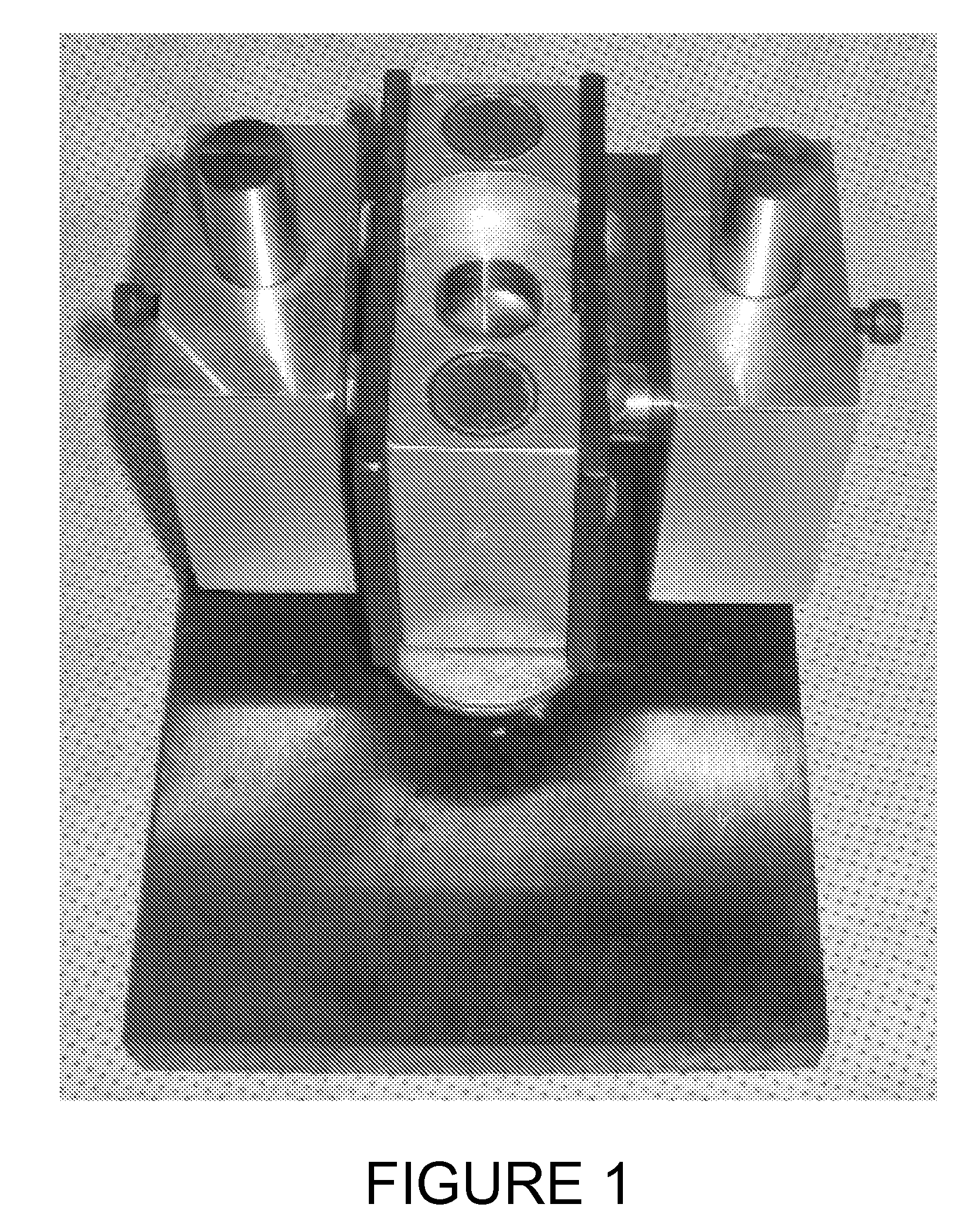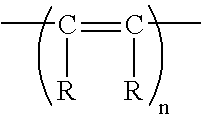Highly Oxygen Permeable Rigid Contact Lenses from Polyacetylenes
a polyacetylene, high oxygen permeability technology, applied in the field of contact lenses, can solve the problems of inability to achieve atmospheric oxygen transfer, inability to use polyacetylene contact lenses, and inability to achieve wettability, high oxygen permeability, and the effect of increasing the selectivity ratio of o2/n2
- Summary
- Abstract
- Description
- Claims
- Application Information
AI Technical Summary
Benefits of technology
Problems solved by technology
Method used
Image
Examples
Embodiment Construction
[0023] The invention may be further understood by the following non-limiting examples.
[0024] Three methods that can be used to prepare rigid oxygen permeable contact lenses from polyacetylenes, including PTMSP are described.
[0025] A first method to form high oxygen permeability lenses is rotational or spin casting. Spin casting can be used to cast polyacetylene lenses from concentrated solutions of the polymer in a volatile solvent. Exemplary solvents are toluene, benzene or hexane. Other solvents may be used, as easily determined by one of ordinary skill in the art without undue experimentation. The concentration of the polymer in solution may vary, depending on the process, as known in the art. Some suitable concentrations of polymer in solution are from 1 to 20% by weight and all individual values and intermediate ranges therein. Other examples of useful polymer concentrations are between about 3 to about 7% by weight and about 5% by weight. If the concentration of the polymer ...
PUM
| Property | Measurement | Unit |
|---|---|---|
| glass transition temperature | aaaaa | aaaaa |
| temperatures | aaaaa | aaaaa |
| temperatures | aaaaa | aaaaa |
Abstract
Description
Claims
Application Information
 Login to View More
Login to View More - R&D
- Intellectual Property
- Life Sciences
- Materials
- Tech Scout
- Unparalleled Data Quality
- Higher Quality Content
- 60% Fewer Hallucinations
Browse by: Latest US Patents, China's latest patents, Technical Efficacy Thesaurus, Application Domain, Technology Topic, Popular Technical Reports.
© 2025 PatSnap. All rights reserved.Legal|Privacy policy|Modern Slavery Act Transparency Statement|Sitemap|About US| Contact US: help@patsnap.com


